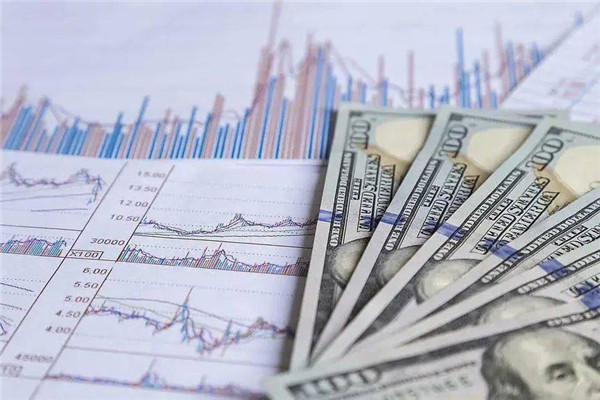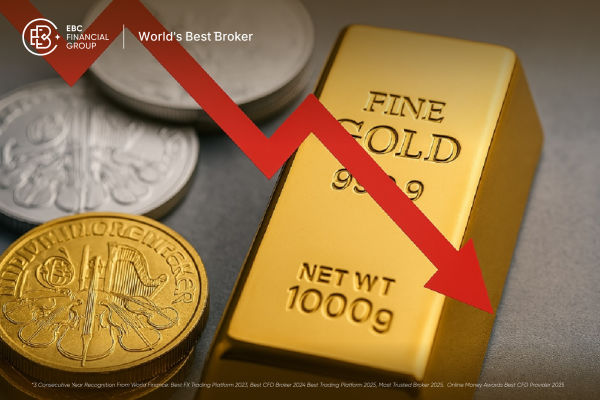The floating exchange rate system is a currency exchange rate management
system adopted by a country or region in which the exchange rate is determined
by market supply and demand and the forces of the foreign exchange market
relative to other currencies, allowing the exchange rate to fluctuate freely
within a certain range. Compared to a fixed exchange rate system, a floating
exchange rate system allows exchange rates to fluctuate with changes in market
demand and supply, reflecting different economic factors and policy impacts.
Understanding the terminology and analyzing the advantages and disadvantages of
a floating exchange rate system can help traders in their trading.

A floating exchange rate refers to a country that does not set the
fluctuation range of currency exchange rates and allows them to fluctuate freely
based on the supply and demand situation of the foreign exchange market. After
World War I, the currencies of major countries in the world broke away from the
gold standard and implemented a short-term floating exchange rate system. After
the collapse of the Bretton Woods system in 1973, countries around the world
generally implemented floating exchange rates.
Floating exchange rates can be divided into two types: free floating and
managed floating.
Free float, also known as clean float, refers to a government that does not
take any measures to intervene in the foreign exchange market and completely
allows free float.
Management float, also known as dirty float, refers to the exchange rate
system in which a government intervenes in the foreign exchange market in
certain circumstances to ensure a relatively stable exchange rate and avoid
excessive fluctuations.
The floating exchange rates currently implemented by most countries are
managed floating.
From the perspective of floating methods, the floating exchange rate system
can be divided into three categories: individual floating, joint floating, and
implementing a pegged policy.
A single float refers to the situation where the domestic currency does not
have a fixed price relationship with any foreign currency, and it floats
separately according to the supply and demand in the foreign exchange market,
with the US dollar, Japanese yen, and other currencies floating separately.
Joint floating refers to the adoption of fixed exchange rates between
currencies within a group of countries, setting the upper and lower limits for
exchange rate fluctuations, and the obligation of the monetary authorities of
each country to maintain a fixed exchange rate for currencies within the group
while allowing other currencies outside of member countries to freely float. The
member states of the European Economic Community adopt a joint floating
system.
The implementation of a peg policy refers to a floating exchange rate system
that pegs a major currency, special drawing rights, or European monetary unit
and applies a fixed exchange rate to it while floating other currencies based on
the fluctuations of the major currency. At present, many developing countries
adopt pegged policies, and there is also an exchange rate system adjusted
according to a set of indicators.
An analysis of the advantages and disadvantages of a floating exchange rate
system:
Advantages:
Rapid market response: Under the floating exchange rate system, the exchange
rate can quickly reflect changes in the market supply and demand relationship,
so it can more accurately reflect the actual situation of the international
market. This helps to avoid human intervention and maintain the relative
stability of the exchange rate.
Automatic adjustment mechanism: The floating exchange rate system has an
automatic adjustment mechanism. When the domestic economy faces challenges,
changes in exchange rates can help countries adjust, such as by resisting
inflation or improving export competitiveness.
Policy independence: The floating exchange rate system provides greater
monetary policy independence for national governments, as the government can
independently decide monetary policy without sacrificing other policy objectives
to maintain exchange rates.
To curb the consumption of foreign exchange reserves: Under a fixed exchange
rate system, the government usually needs to maintain a certain level of foreign
exchange reserves to support the fixed exchange rate. The floating exchange rate
system can reduce this demand and reduce the consumption of foreign exchange
reserves.
Disadvantages:
Instability: Under a floating exchange rate system, exchange rates may
experience significant fluctuations in the short term, which may trigger market
uncertainty and make it difficult for businesses and investors to plan for the
future.
Foreign exchange risk: The floating exchange rate system increases foreign
exchange risk, especially for enterprises engaged in international trade or
cross-border investment. Exchange rate fluctuations may have adverse effects,
such as reducing export competitiveness or increasing import costs.
Speculation: A floating exchange rate system may trigger speculative trading,
leading to excessive market volatility, which may harm the country's economic
stability.
Fixed costs: For some countries, maintaining a floating exchange rate system
may require more resources and regulatory costs, as the government needs to
closely monitor the market and take necessary intervention measures.
Lack of long-term stability: Under a floating exchange rate system, exchange
rates may lack long-term stability, which may have a negative impact on
long-term business plans and international investment decisions.
The Impact of the Floating Exchange Rate System on the International
Economy
International trade: The floating exchange rate system can promote
international trade because it can reflect the market supply and demand
situation, making the exchange rate more fair and reasonable. The relative value
of currency can freely fluctuate, which helps facilitate business activities
between international trading partners.
Competitiveness: A floating exchange rate system can help countries adjust
the relative value of their currencies to maintain or enhance the
competitiveness of domestic industries. When a country's currency appreciates,
its exports may be under pressure, but at the same time, imports may become
cheaper. This can drive domestic enterprises to improve efficiency and adapt to
the international market.
Foreign investment: The floating exchange rate system increases the risk for
foreign investors, as exchange rate fluctuations may have adverse effects on
their investments. This may reduce the attractiveness of some countries, but it
can also provide investment opportunities as exchange rate fluctuations can also
bring potential high returns.
Stability of the foreign exchange market: Under a floating exchange rate
system, the foreign exchange market may become more flexible as market
participants are more free to buy and sell currencies, but this may also make
the market more susceptible to short-term speculative trading interference,
leading to increased exchange rate fluctuations.
Inflation and Price Stability: A floating exchange rate system can help
countries better respond to the challenges of inflation and price stability.
When domestic inflation rises, exchange rates may be affected, leading to
Currency Appreciation. This can help curb inflation.
Through the explanation and analysis of the advantages and disadvantages of
the floating exchange rate system terms mentioned above, it can be seen that
under the floating exchange rate system, market supply and demand determine the
changes in the exchange rate, which means that the exchange rate will fluctuate
based on transactions in the foreign exchange market and investors' demand for
currency and hedging risk. If a country's economic growth is strong and capital
inflows increase, it will lead to the appreciation of the country's currency. On
the contrary, if a country's economy faces difficulties and capital outflows
increase, it will lead to a devaluation of the country's currency.
Disclaimer: This material is for general information purposes only and is not intended as (and should not be considered to be) financial, investment or other advice on which reliance should be placed. No opinion given in the material constitutes a recommendation by EBC or the author that any particular investment, security, transaction or investment strategy is suitable for any specific person.



























